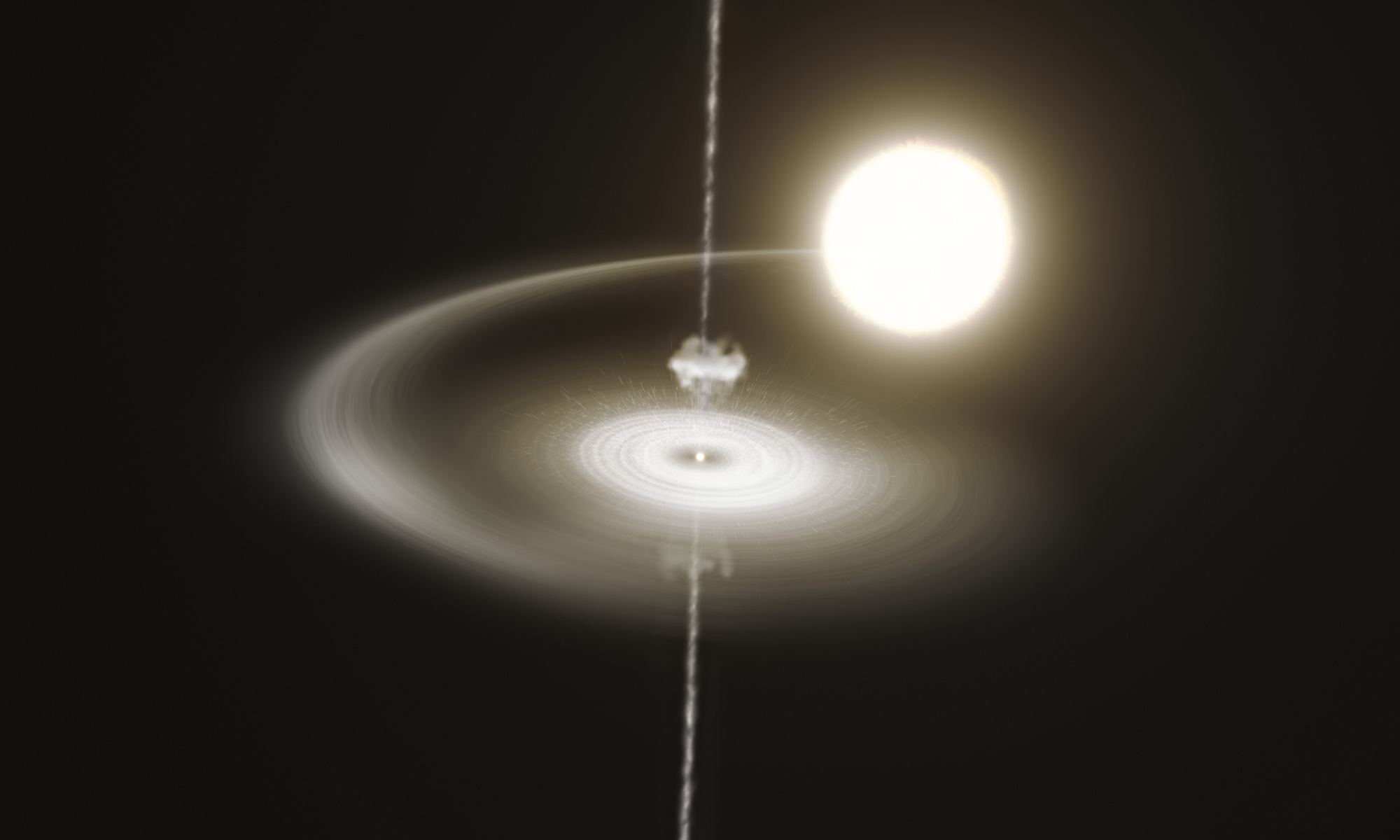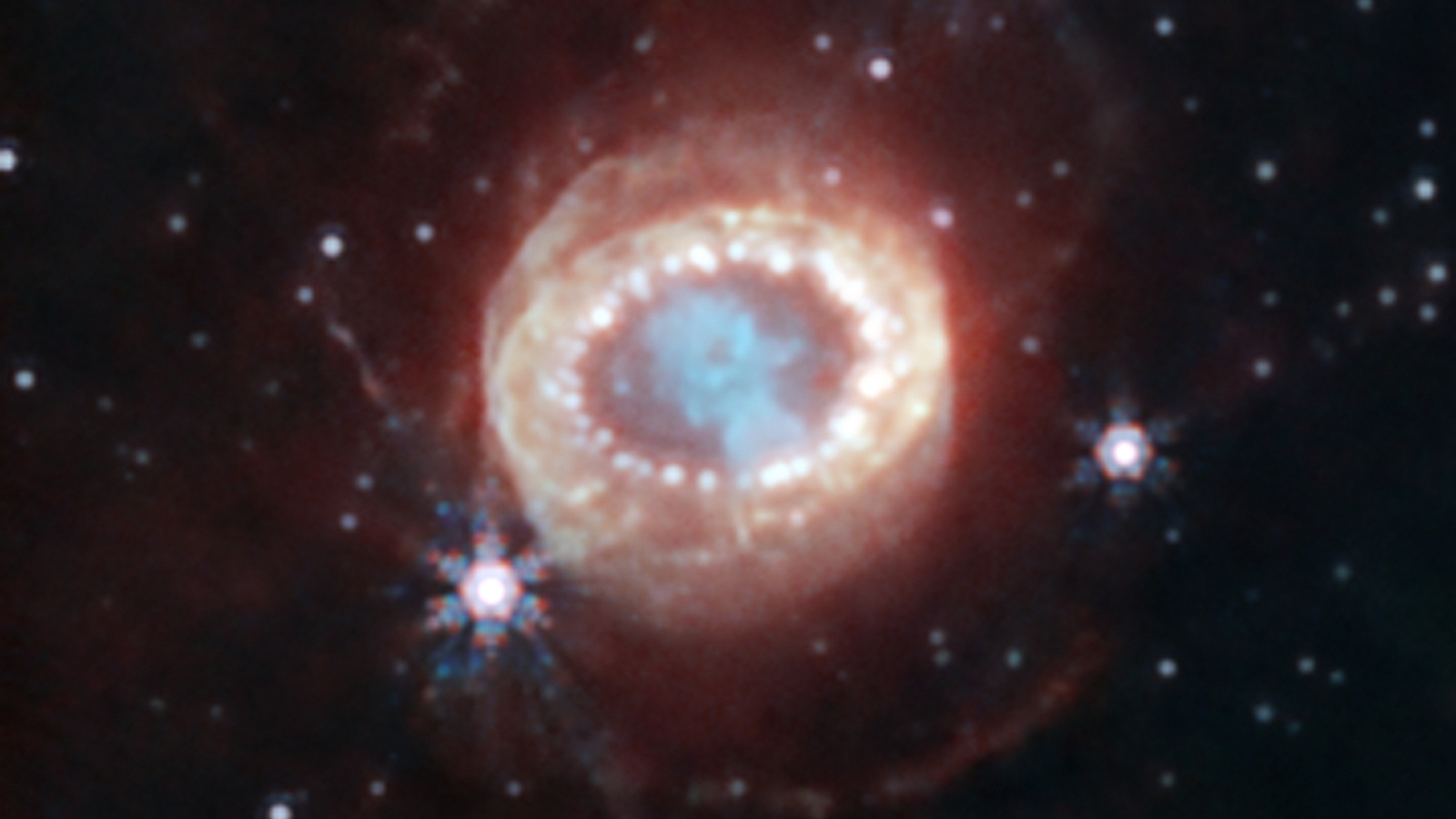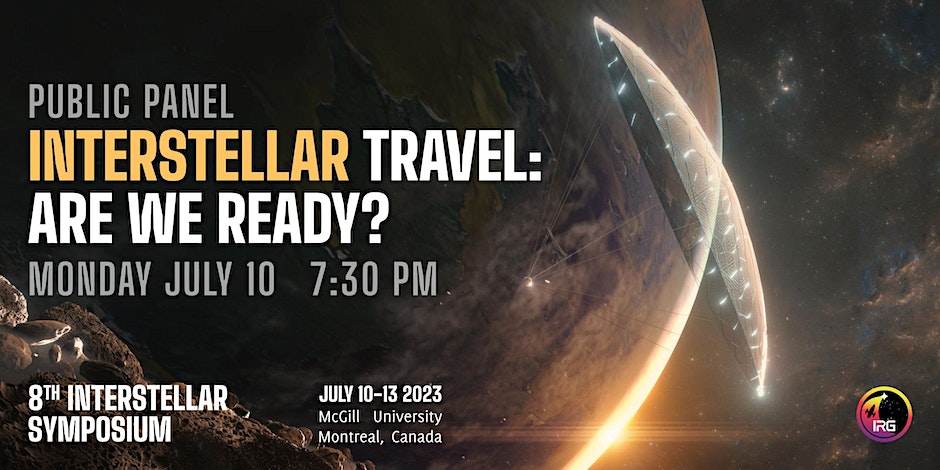Aboard the International Space Station (ISS), astronauts and cosmonauts from many nations are performing vital research that will allow humans to live and work in space. For more than 20 years, the ISS has been a unique platform for conducting microgravity, biology, agriculture, and communications experiments. This includes the ISS broadband internet service, which transmits information at a rate of 600 megabits per second (Mbps) – ten times the global average for internet speeds!
In 2021, NASA’s Space Communications and Navigation (SCaN) began integrating a technology demonstrator aboard the ISS that will test optical (laser) communications and data transfer. This system currently consists of Laser Communications Relay Demonstration (LCRD) and will soon be upgraded with the addition of the Integrated LCRD Low Earth Orbit User Modem and Amplifier Terminal (ILLUMA-T). Once complete, this system will be the first two-way, end-to-end laser relay system, giving the ISS a gigabit internet connection!
Continue reading “The Space Station is Getting Gigabit Internet”









